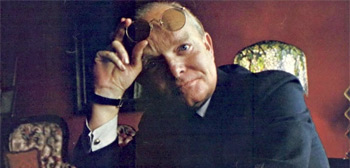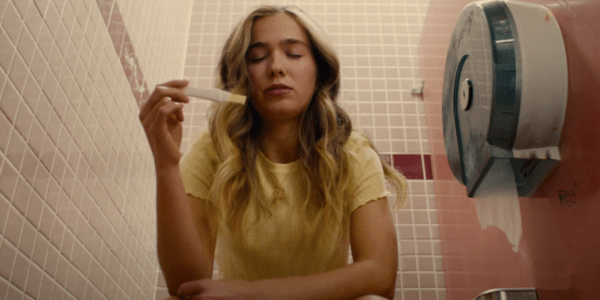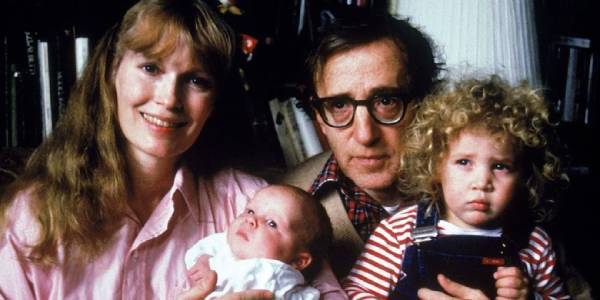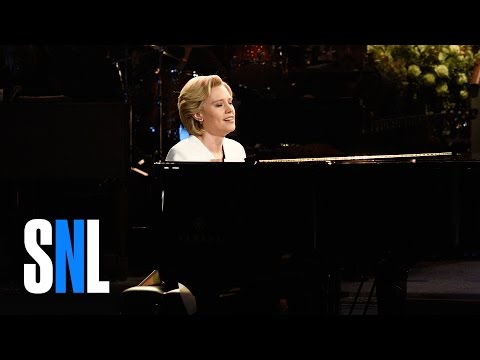10 Spookiest and Most Terrifying Silent Horror Movies
October is defined in Webster’s Dictionary as “31 days of horror.” Don’t bother looking it up; it’s true. Most people take that to mean highlighting one horror movie a day, but here at FSR, we’ve taken that up a spooky notch or nine by celebrating each day with a top ten list. This article about the best silent horror movies is part of our ongoing series 31 Days of Horror Lists.
The history of horror cinema is the history of cinema itself. With Georges Méliès’s 1896 Le Manoir du Diable commonly cited as the first horror movie, this is a genre with over a century of thrills and frights. As the years went by and feature-length filmmaking became more feasible and prevalent, so too did horror films become longer and increasingly driven by plot as well as spooky spectacles. Most celebrations of classic horror rightfully highlight gems from the Universal monsters cycle, Giallo cinema, and early slashers, but even that isn’t the whole story. During the silent era, horror cinema provided us with hair-raising adaptations, shocking original narratives, and some top-notch tales of terror.
In deciding on the cream of the crop in silent horror, we found ourselves with a monstrously rich selection to choose from, featuring ghastly ghouls, vengeful killers, and harrowing twists and turns. To put it simply: these iconic films have produced some of the most frightful landmarks in the last century of film. No sound necessary.
Join us as we reflect on the best silent horror movies, as decided by Chris Coffel, Valerie Ettenhofer, Kieran Fisher, Brad Gullickson, Rob Hunter, Meg Shields, Jacob Trussell, and myself.
10. Faust(1926)

This is the first F.W. Murnau film on our list of silent horror movies, but it won’t be the last. The German master displays an incredible command of the silver screen with this gorgeously shadowy and genuinely chilling tale as old as time. It’s a battle for one man’s soul as a demon and angel each bet the house on the alchemist Faust’s ability to either resist the devil’s temptation or give in to it. One plague and a couple of crossroad pacts later and it’s not only Faust’s soul at stake but all of humanity. With elaborate filming techniques including multiple cameras and an extensive shooting process, Faust was one hell of an undertaking, but it’s undeniable that it was well worth it. (Anna Swanson)
9. Phantom of the Opera (1925)
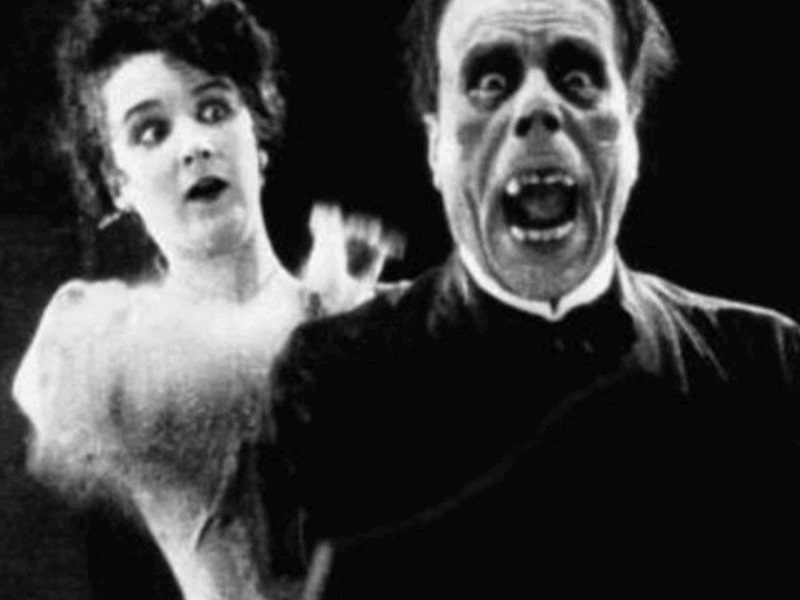
Phantom of the Opera is one of the most famous stories of all time and it’s been adapted countless times. In 1925, Universal took a crack at it with Lon Chaney taking on the role of the titular Phantom. The result was a masterpiece that still holds up today as one of the best adaptations of the source material. Chaney is haunting, in large part due to the makeup that he created himself. His sunken eyes and droopy stretched out face is as horrific as it is iconic. The film’s highlight is the stunning masked-ball scene in which the Phantom shows up disguised as the Red Death. I don’t want to sound like an old man and say, “they don’t make ’em like they used to,” but when it comes to the Phantom, they don’t make ’em like they used to. (Chris Coffel)
8. The Golem (1920)
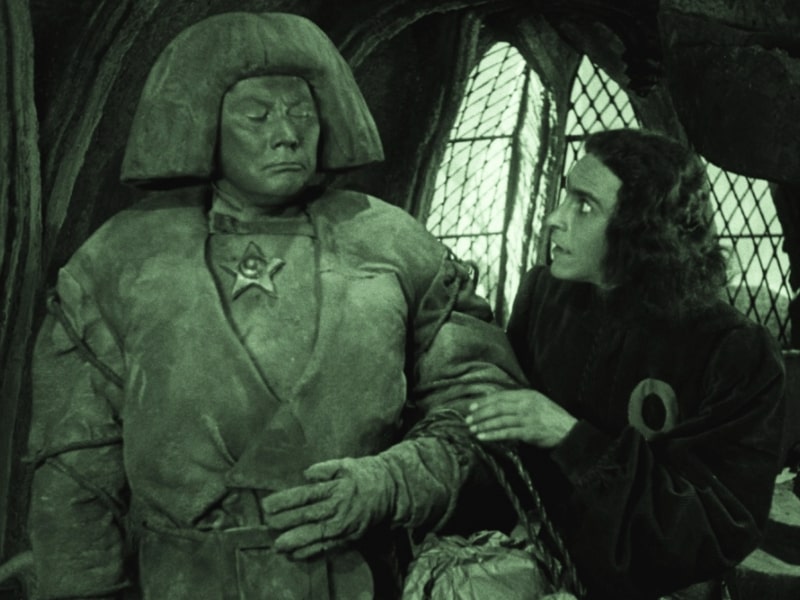
This highly effective feature makes for one of the more unusual silent horror movies in its overt embrace of Jewish legend. The tale sees a rabbi predict disaster for his people, and in response he creates a large dude out of clay and infuses it with both life and purpose — protect the Jewish people. Creating life isn’t man’s forte, though, and the golem is soon commandeered towards a less noble purpose leading to carnage. As a precursor to Frankenstein‘s first cinematic outing, the film can be seen as an inspiration of sorts, but even without that horror connection it’s a powerful and at times dark piece of German Expressionism. (Rob Hunter)
7. The Phantom Carriage (1921)
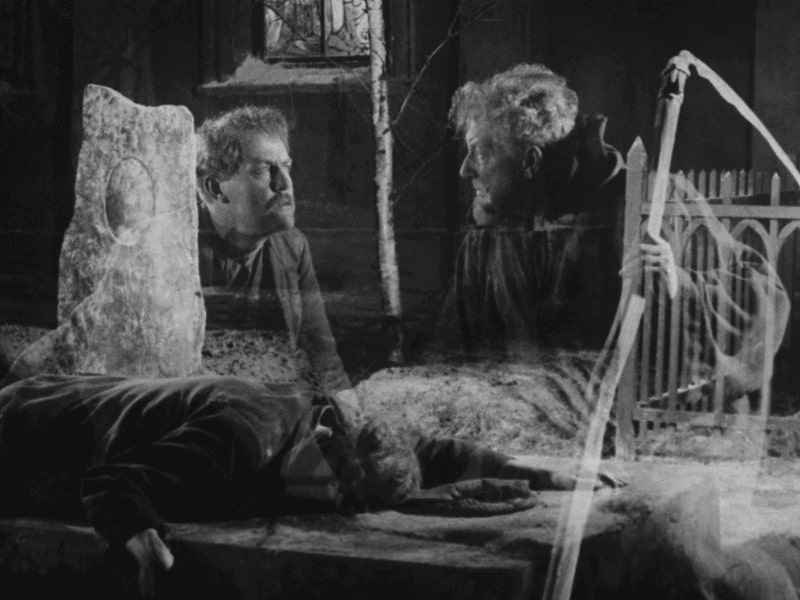
Legend says that this Swedish horror film was one of Ingmar Bergman’s favorites and he would watch it at least once a year. You only need one viewing of the film to know why it was so beloved by the filmmaker. With a twisting narrative including flashbacks within flashbacks, The Phantom Carriage tells the tale of a man plagued by his past whose story intersects with a folklore superstition that anyone who dies on New Year’s eve must spend the next year driving death’s carriage and collecting the souls of the departed. Boasting some groundbreaking special effects in the designs of the carriage and ghosts, this is a landmark in Swedish cinema as well as the horror genre. (Anna Swanson)
6. The Man Who Laughs (1928)
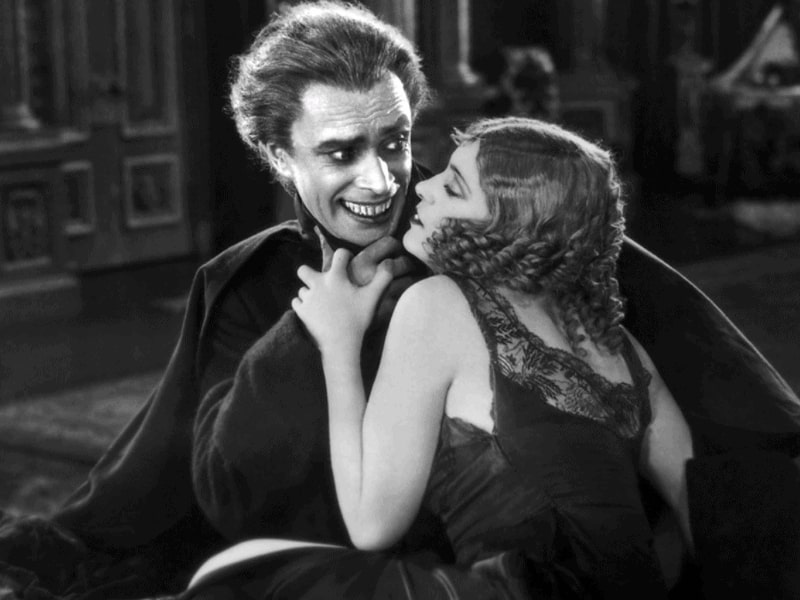
A quick glance at the image above will most likely thinking one of two things — either hey that looks like The Joker, or hey that guy looks creepy as hell. Both can be true, though. The title character in this late 20s gem is long acknowledged as a key inspiration in the creation of the legendary comic villain, The Joker. And… he’s creepy as hell. His unsettling appearance only grows more disturbing with a watch of the film as the story behind the grin is a haunting one. Evil kings, twisted jesters, and a group of “child stealers” all play a role leading to a young boy having this “grin” surgically carved into his face. It’s horrifying, and when the boy grows into a man it’s a disfigurement that haunts his relationship prospects and lands him in trouble. The film’s horror may be arguable to some as it doesn’t descend into bloody revenge, but the imagery and the implied actions are the stuff of nightmares. Victor Hugo‘s novel ends on a severely depressing note while the film takes a more optimistic way out, but the happy ending doesn’t erase the pain that precedes it. (Rob Hunter)

